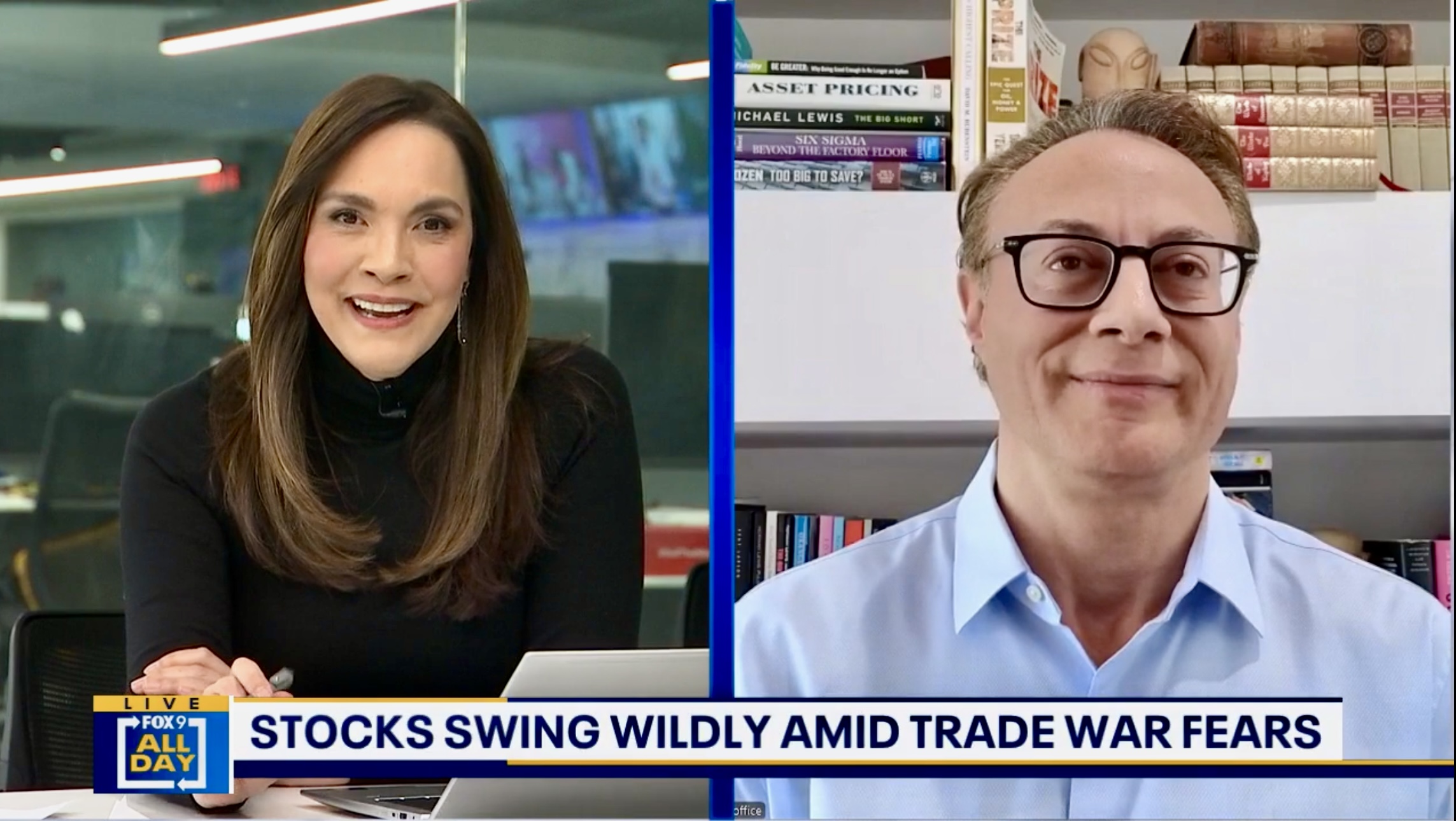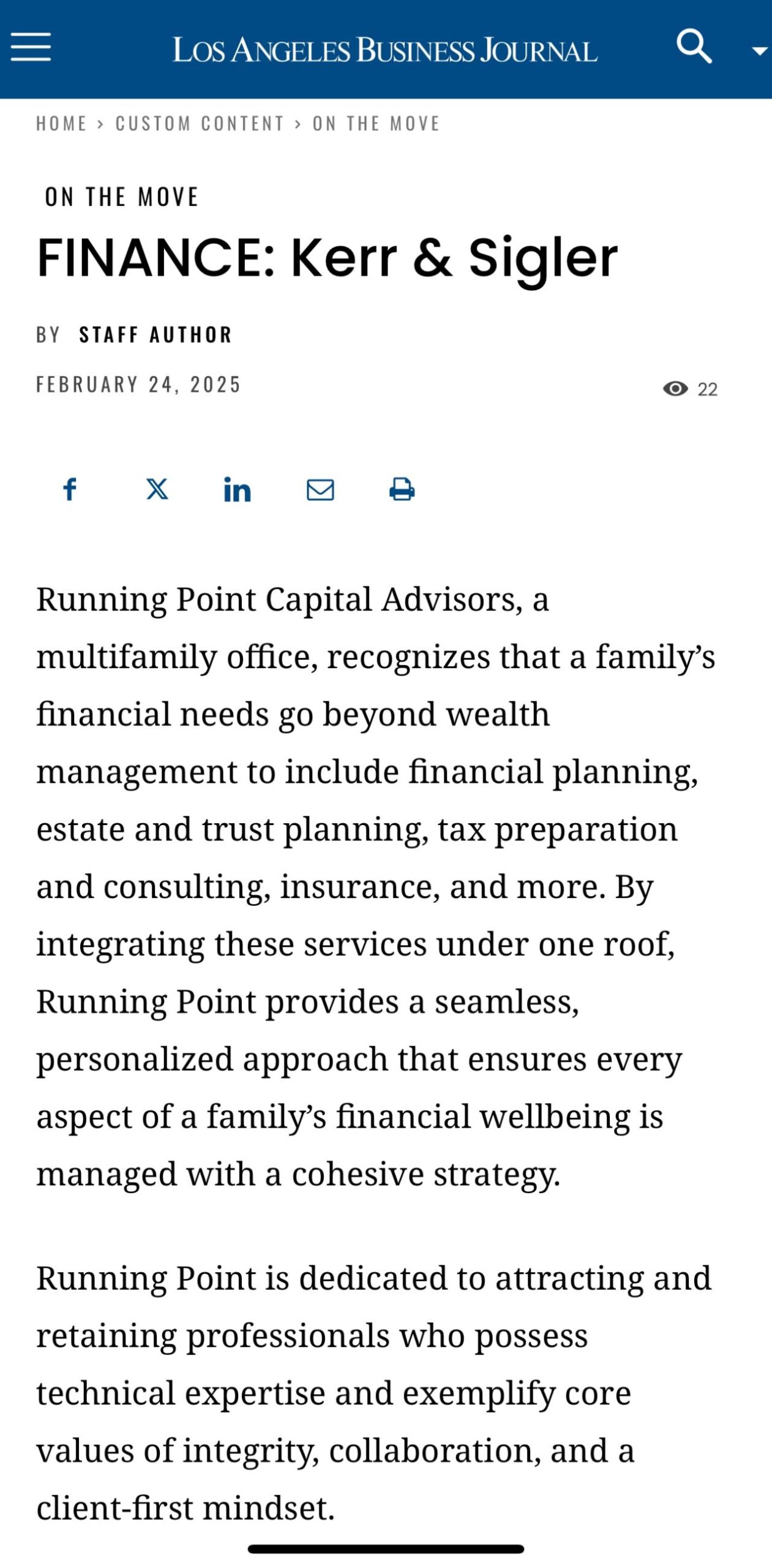Summary
- Investors tend to prefer municipal bonds that pay coupon interest, the higher the better; 5% and 4% coupons are much more common than 3% and 2% coupons
- Municipal bonds with a 1% coupon practically don’t exist; most of those that do were issued this year, and it is not even July yet
- One percent coupon muni bonds will be more common the longer interest rates remain low; and rates will probably be low for a long while
- When it comes to munis, don’t confuse current yield with yield to repayment; the current yield often looks more attractive because it is higher, but in a low interest rate environment current yield is mostly composed of one’s own principal paid back to oneself
- Zero coupon bonds, though ugly to most investors because they have zero current yield, often have relatively attractive yields to maturity and no reinvestment risk
Details
The municipal bond world likes high coupon bonds; seemingly the higher the better. U.S. municipal bonds, commonly known as munis, are bonds or debt obligations issued by U.S. states, local governments, or territories. Munis are often (but not always) issued to be free of state and federal income taxes and can be subject to a capital gains tax if a capital gain is realized. I reviewed the U.S. municipal bonds on Bloomberg, a popular professional bond and financial data platform that has the quirky feel of a 1990s era DOS (Disk Operating System) where one types in codes like {MSRC} to do a search. Of the nearly 940,000 muni bonds tracked:
- 11,456 have a 6% or greater coupon
- 224,881 have a 5% coupon
- 160,565 have a 4% coupon
- 147,914 have a 3% coupon
- 59,216 have a 2% coupon
- 20,971 have a 0% coupon; these are known as capital appreciation bonds or more colloquially as zero-coupon bonds
- Only 531 municipal bonds have a coupon of 1%, the vast majority of them issued this year and most of them mature sooner than 2024
Most municipal bonds with a coupon greater than 5% have matured or been called and refinanced away at lower rates; even so, there are far more of them than there are 1 % coupon muni bonds. As you see above, low coupon bonds are not particularly popular, especially those with a mere 1% coupon; hence “the missing 1%”.
Municipal bonds tend to sport higher coupons because people like the perception of income or current yield. The dirty little (not so secret) secret of municipal bonds is that they are designed to be palatable to retail investors and to mutual funds that market themselves to retail investors who care about cash flow.
One of the most common questions regarding a mutual fund is, what does it yield? Since mutual funds are evergreen – i.e., they don’t have a stated maturity – the commonly quoted yield is current yield based on cash flows or cash payments from the underlying bonds. The higher the coupon in those underling bonds, the higher the current yield. The catch is that much of current yield is just a return of capital and not a solid indication of actual income to be earned from the bonds.
Many investors who desire income judge a muni fund or bond based on current yield and feel that a higher yield means more income to them; however, although the payments may be higher, often that payment is largely composed of a return of capital rather than earned income. In other words, investors receive their own principal investment back as part of the current yield. Muni funds and bonds are probably better judged on their total return over time where total return is a combination of income and capital gains.
Don’t confuse current yield with yield to repayment*; the current yield often looks more attractive because it is higher, but in a low interest rate environment current yield is mostly composed of one’s own principal paid back to oneself. For example, earlier this month, the City of Auburn, Washington, rated AA, issued a muni bond that matures in December 2029 with a 5% coupon, but a yield to maturity of only 1.01% and an issue price of 135.905. That means that at issuance, a $1,000 par bond costs $1,359.05 to purchase and promises to pay $50 in interest per year. Although the yield to maturity seems small at 1.01%, the current yield on the muni is a much flashier 3.679%, calculated by taking the $50 annual payment and dividing it by the paid principal of $1,359.05. The reality is that although one will receive $50 per year of coupon payments, almost $38 of that will be return of one’s own principal and only $12 will be real interest. At maturity the bond will pay back the $1,000 par amount and not its original cost. Across the almost 9.5 year life of the bond, the coupon payments will total $472.92, of which $359.05 will be return of the one’s premium purchase price. That means that only $113.87 or approximately 24% of the coupons will be actual income paid and a whopping 76% of the coupons will be return of one’s own principal. Thus, though current yield may look attractive, yield to repayment is a much better indicator of expected earnings; if interest rates remain low or fall lower as I expect they will, we may see more 1% coupon municipal bonds, but I suspect that the higher coupons will remain more popular.
Investors often consider zero coupon bonds the ugliest of all because they have no current yield – zero coupon bonds pay all their income in a lump sum at maturity – and for this reason are often shunned by investors and muni mutual funds. Nonetheless, zero coupon munis exist because municipalities like the finance option of a balloon payment at maturity even though the yields to maturity need to be higher than coupon paying munis in order to attract investors. If a muni investor desired a semi-regular payment schedule akin to what coupon bonds provide, one could assemble a portfolio of zero coupon bonds across a spectrum of maturities that roughly matched with scheduled account withdrawals or liabilities. As an asset manager, I find zero coupon munis attractive because their total return is often significantly higher than that of similar maturity and rated coupon paying munis. Additionally, zero coupon bonds do not face reinvestment risk which is the risk that once a coupon is paid it may have to be invested in a lower yielding or less attractive investment. In my humble opinion, a zero coupon muni’s beauty is truly – as the saying goes – on the inside and they tend to become more attractive with age, i.e., get closer to maturity.
~~
* Yield to repayment (YTR) is not a professional bond term, but possibly should be. YTR is meant to encapsulate the yield achieved by an investor over their holding life of the bond, assuming they hold it until it is repaid, which could be to maturity, its next call or put date, or some other call, put, or tender date. Conventional bond parlance addresses yield to maturity (YTM), yield to call (YTC), or yield to worst (YTW) which is often the lower of YTM or YTC, but does not address the other possible YTR scenarios between the nearest call date and maturity.
Michael Ashley Schulman, CFA
Partner, Chief Investment Officer
Disclosure: The opinions expressed herein are those of Running Point Capital Advisors, LLC (“Running Point”) and are subject to change without notice. Running Point reserves the right to modify its current investment strategies and techniques based on changing market dynamics or client needs. This should not be considered investment advice or an offer to sell any product. Running Point is an independent investment adviser registered under the Investment Advisers Act of 1940, as amended. Registration does not imply a certain level of skill or training. More information about Running Point, including our investment strategies, fees and objectives can be found in our ADV Part 2, which is available upon request. RP-20-22


